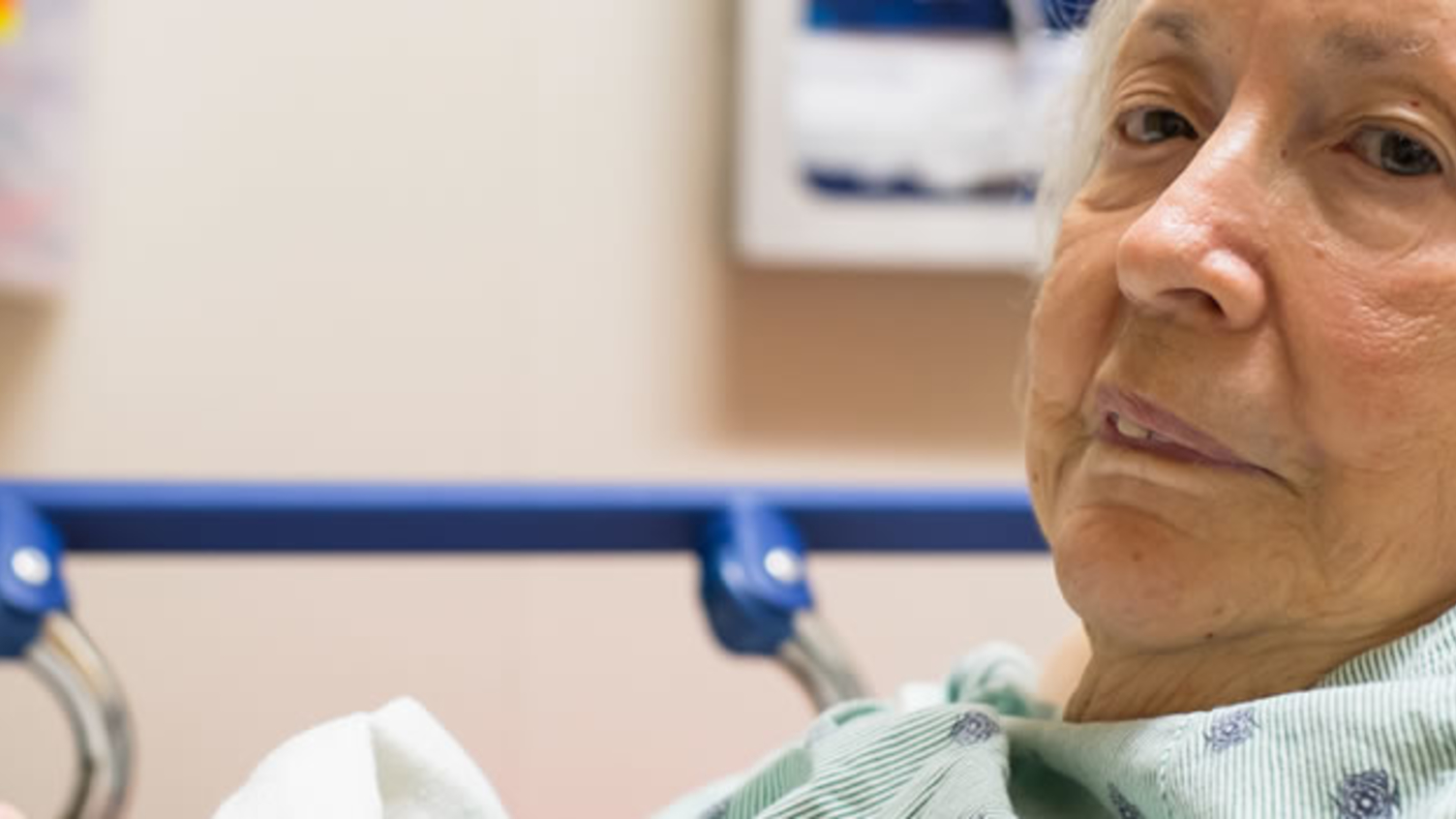Pressure ulcers

About this PSP
The Pressure Ulcers PSP acknowledged two particular challenges:
- A significant proportion of people with pressure ulcers find it difficult to participate in activities outside their homes due to age and co-morbidities
- There were no existing patient-led groups specifically representing the interests of people with (or at risk of) pressure ulcers.
Knowledge about the demographics and diversity of patients with pressure ulcers was limited, but the PSP knew that this JLA partnership needed to develop an innovative strategy to produce meaningful patient, carer and clinician involvement in research agenda setting. It was necessary to try more than one method and to vary methods between groups in order to develop an accurate understanding of the clinical uncertainties of patients, carers and clinicians.
The initiating partner for this PSP was the National Institute for Health Research (NIHR) Wounds Research for Patient Benefit Programme. This is a research initiative involving Leeds Community Healthcare and the Universities of York and Manchester.
The Pressure Ulcers PSP Top 10 was published in May 2013.
Articles and publications
Impact after the Top 10
Key documents
Top 10 priorities
- How effective is repositioning in the prevention of pressure ulcers?
- How effective at preventing pressure ulcers is involving patients, family and lay carers in patient care?
- Does the education of health and social care staff on prevention lead to a reduction in the incidence of pressure ulcers and, if so, which are the most effective education programmes (at organisational and health/social care level)?
- What is the relative effectiveness of the different types of pressure relieving beds, mattresses, overlays, heel protectors and cushions (including cushions for electric and self-propelling wheelchairs) in preventing pressure ulcers?
- What impact do different service models have on the incidence of pressure ulcers including staffing levels, continuity of care [an on-going relationship with same staff members] and the current organisation of nursing care in hospitals?
- What are the best service models (and are they sufficiently accessible) to ensure that patients with pressure ulcers receive the best treatment outcomes (including whether getting people with pressure ulcers and their carers more involved in their own pressure ulcer management improves ulcer healing and if so, the most effective models of engagement)?
- For wheelchair users sitting on a pressure ulcer, how effective is bed rest in promoting pressure ulcer healing?
- How effective are wound dressings in the promotion of pressure ulcer healing?
- Does regular turning of patients in bed promote healing of pressure ulcers?
- Does improving diet (eating) and hydration (drinking) promote pressure ulcer healing?
- How effective are surgical operations to close pressure ulcers?
- How effective are topical skin care products and skin care regimes at preventing pressure ulcers?
The remaining questions discussed at the workshop were (in no order of priority):
- How effective are dressings and zero-friction fabric products in preventing pressure ulcers?
- For people with limited mobility, does exercise coaching help in the prevention of pressure ulcers (e.g. community physiotherapy interventions)?
- Is using a pressure ulcer risk rating scale/tool better than clinical judgement in preventing pressure ulcers and is there a best scale?
- How effective are incontinence devices in the prevention of pressure ulcers?
- Does (surgical and non-surgical) debridement promote healing in patients with pressure ulcers, and if so, what is the most effective debridement strategy?
- For people with pressure ulcers, which analgesics (pain relief) are effective and safe for the treatment of pressure-ulcer related pain?
- What is the value of topical products in promoting pressure ulcer healing?
- How effective is negative pressure wound therapy as a treatment for pressure ulcers?
- How effective are pressure ulcer grading systems in determining the amount of skin damage and does the use of such scales improve ulcer healing?
Document downloads
For full details of all of the questions identified by this PSP, please see the document below.